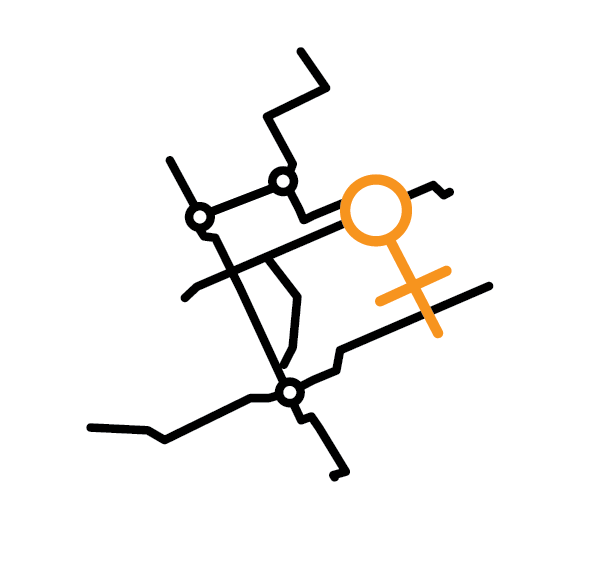ABOUT WOMEN ON THE MOVE
The Data
Aggregated Cell Data
For our analysis, we used simplified, aggregated origin-destination (OD) flow information that has been derived from previous analyses of 'Call Detail Record' (CDR) data. The origin-destination flow dataset we used showed the approximate person flows between each pair of cell-towers in Riyadh, within hourly slices of the day.
We received a full day's worth of aggregated data, for all 1,712 cell towers in Riyadh, and sieved out OD flow information the cell towers closest to Princess Noura University (PNU). This we used to map the approximate student flow to and from PNU.
Road Network
To derive the approximate flow direction and patterns of the PNU students, we used Riyadh's existing road network.Metro Stops
We also had access to shapefiles of the proposed metro stops, which we used to conduct our buffer analysis.The Team
Who?
Three graduate students in the Department of Urban Studies and Planning at the Massachusetts Instutite of Technology worked together to develop this project, from data analysis to visualizations to web development.
Why?
This project was developed for course 11.S947 Big Data, Visualization, and Society with Professor Sarah Williams.How?
From start to finish the team utilized Python, Matplotlib, ArcGIS, NetworkX, QGIS, D3, and CartoDB.
